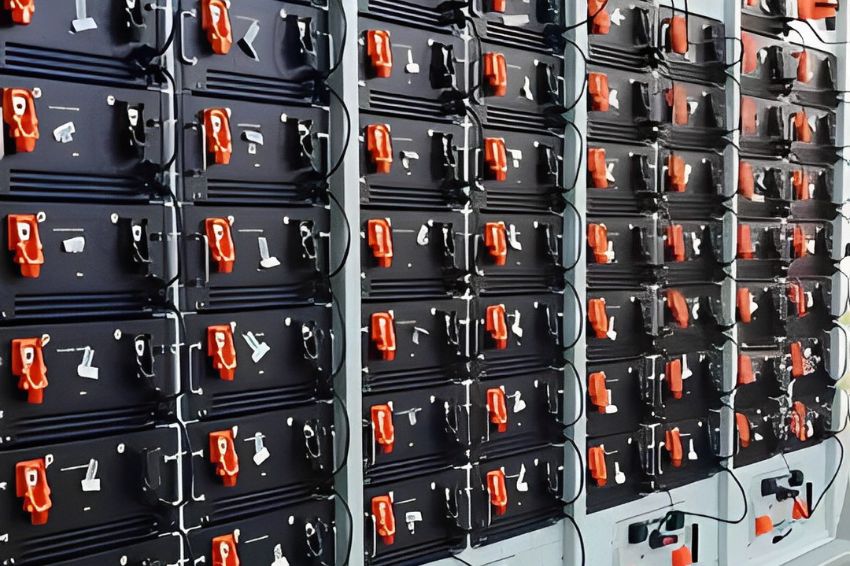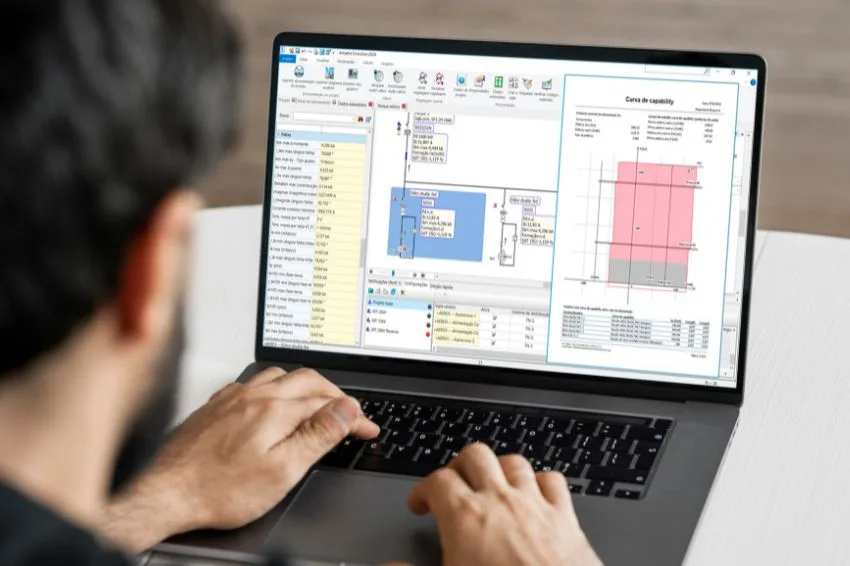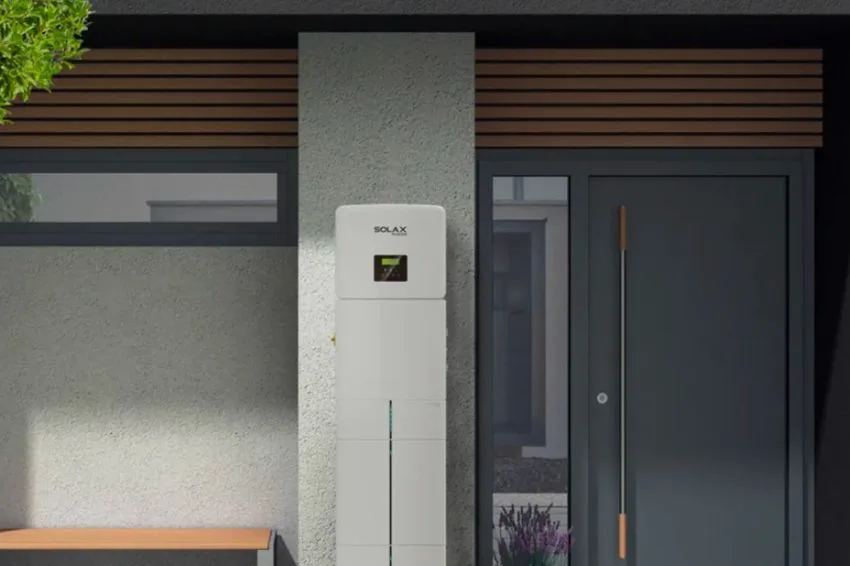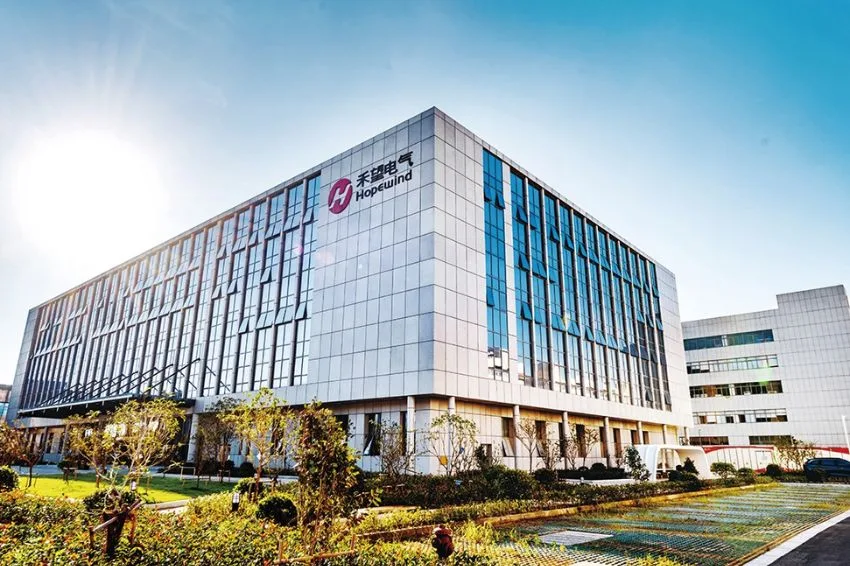Article written by engineers Marco Antonio Togniazzolo and Jarlan Barbosa Lopes from Sec Power
As we explore the feasibility of photovoltaic systems to achieve energy independence, we are faced with the need to store energy to meet consumption during periods without solar generation.
The installation of batteries then becomes essential, however, doubts and frustrations often arise regarding the cost and efficiency of these systems.
It is true that the main technical and cost difference between a grid-connected system and a stand-alone system is the need for batteries, which increases the initial investment.
However, with the technological advances in lithium batteries and manufacturing processes, these batteries have become more attractive, offering an interesting return on investment and expanding the possibilities for implementing complete photovoltaic systems.
Watch the podcast about Sec Power's operations in the country
But you may wonder: if lithium batteries are already viable, why aren't they widely adopted yet?
To answer this question, we must consider the history of batteries in the context of photovoltaic systems. Lead acid batteries, which were widely used in the past, had significant disadvantages for cyclic applications such as photovoltaic systems.
To the lead acid batteries they were incompatible with cyclical charging and discharging regimes, had a minimum discharge capacity to be respected, were not resilient in environments with high temperatures and required constant maintenance.
Furthermore, the automotive batteries, which were commonly used initially, had a very short useful life, making it necessary to replace them in less than a year.
It is important to highlight that all batteries have advantages and disadvantages for application in photovoltaic systems, however lead acid batteries, especially the simpler ones, have more disadvantages than other options.
Although their purchase price is attractive compared to other types of batteries, this advantage becomes irrelevant, since these batteries need to be replaced frequently.
However, it is possible to successfully use lead acid batteries in photovoltaic systems, as long as design practices are adopted and useful life horizons are considered.
For example, by designing the system with a larger capacity battery bank to minimize the depth of discharge and installing them in locations with lower temperatures, it is possible to achieve satisfactory results. Proper and scheduled battery replacement must also be considered in the design.
Despite this, the lithium batteries appear as a more resilient option and recommended for applications in photovoltaic systems. Although they have some of the problematic characteristics found in lead acid batteries, they are less affected by these problems, making them a superior option.
It is important to highlight that the discussion presented so far is relevant not only for photovoltaic systems, but also for other types of intermittent systems.
Photovoltaic systems have the particularity of intermittent solar energy generation, which cannot be controlled or manipulated.
In this sense, energy storage in batteries becomes a practical solution, easy to install and maintain, in addition to being more affordable in terms of cost compared to other options.
Batteries, or electrical energy accumulators, store and return energy through chemical reactions. This process involves the ordered movement of electrons, which is called electric current, and is fundamental to the functioning of electricity.
However, in each discharge and charge cycle, part of the chemical reaction is not completely reversible, which reduces the battery's capacity over time and brings it to the end of its useful life.
A cyclical life of a battery is determined by the number of discharge and charge cycles that she can bear. In the case of simple lead acid batteries, this number is relatively low, around 350 cycles under ideal conditions.
However, this number can vary according to several factors, with ambient temperature being one of the most impactful. High temperatures significantly reduce the useful life of lead acid batteries, and it is recommended that these batteries be operated in environments with milder temperatures.
In addition to temperature, the Discharge depth also influences battery life. The more energy is extracted from a battery, the shorter its lifespan will be. Lead acid batteries are particularly sensitive to this depth of discharge.
Although there are other characteristics of batteries that represent problems or limitations for their use in photovoltaic systems, it is important to highlight that these characteristics are found to a lesser extent in lithium batteries, which makes them a much more suitable option for this application.
In short, lithium batteries represent a necessary evolution for photovoltaic systems, offering greater efficiency, longer lifespan and greater resistance to adverse conditions.
However, this does not mean that lead acid batteries are completely incompatible with photovoltaic systems. With an adequate design and considering all the variables involved, it is possible to be successful with the use of this type of battery.
Otherwise, the transition to lithium batteries presents itself as a more appropriate choice, providing a more efficient and reliable photovoltaic system.
The opinions and information expressed are the sole responsibility of the author and do not necessarily represent the official position of Canal Solar.
















4 Responses
The title of the article states “…WORTH THE INVESTMENT”, however the article does not inform the statement.
In light of such an important topic, and with the launch of Lithium Valley Brazil in the North and Jequitinhonha/Mucuri regions in Minas Gerais,
which is a milestone in the Brazilian and global GD market.
I ask Canal Solar to return to the topic; “Batteries for photovoltaic systems are already worth the investment”
Excellent article!
Relevant and important article. I should talk more about the cost-benefit of lithium batteries.
very good article. Lots of relevant information.